Illiteracy exceeds 10% in border provinces; in National District 2.7%.
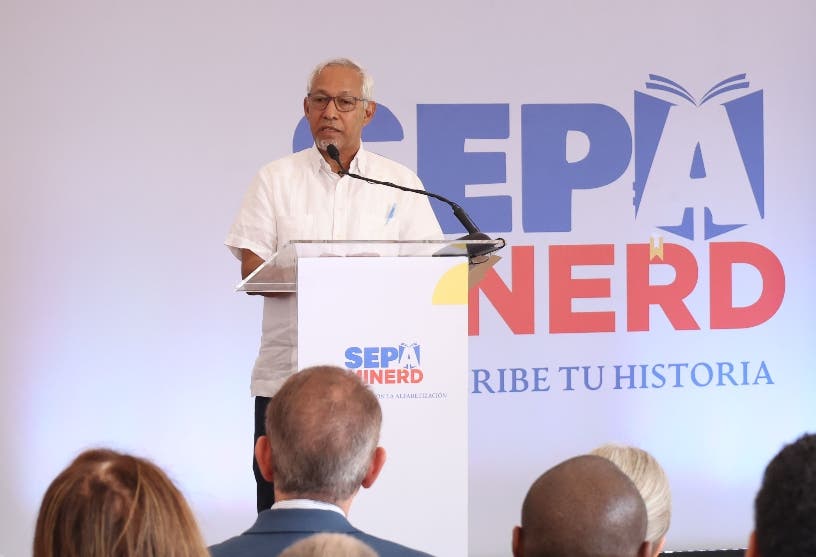
National District—According to data published in the Enhogar 2022 survey in the National District, illiteracy affects 2.7% of those over 14 years of age, while in the border and southern provinces, the percentages exceed 10%. Illiteracy is unevenly distributed throughout the country.
The study also reveals that illiteracy is prevalent among 54-year-olds, while only 1.6% of young people between 15 and 19 lack basic literacy skills.
Similarly, 93.5% of the population aged 15 years and older is literate, and 6.5% do not yet possess basic literacy skills. The range is between 15 and 54 years of age.
Ángel Hernández, Minister of Education, explained that the literacy of society will not be achieved immediately, but with a constant and prolonged offer that responds to the training needs at the time and place where they manifest themselves, with the necessary flexibility to adapt to the conditions of adults.
He said the Ministry of Education (Minerd) aims to continue bringing literacy to the communities, establishing connections with vocational training and community development.
He emphasized that the country’s most significant effort should be to guarantee that all 3-year-old children are in school, which will solve illiteracy at the national level.
Minerd presents project (SEPA)
The Ministry of Education (Minerd) launched the Permanent Literacy Service (SEPA), which seeks to impact 32 thousands illiterate youth and adults nationwide belonging to communities with high levels of illiteracy.
For its implementation, strategic points of the countries with the highest illiteracy rates were identified, which will form more than 3,200 learning centers to promote literacy development.


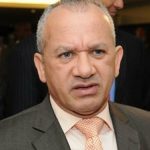









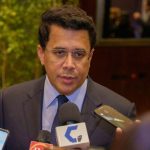
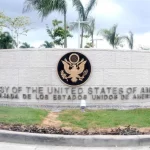

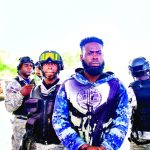
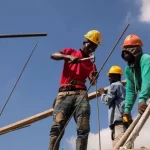

Long overdue, the educated ruling class uses poor education as a control. Like religion and nationalism. Lets see if the rhetoric matches reality in the classrooms of public education